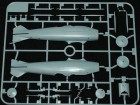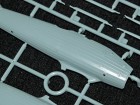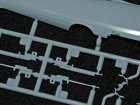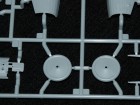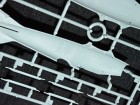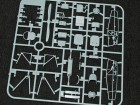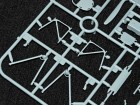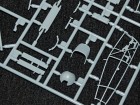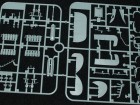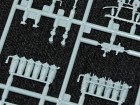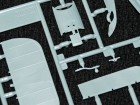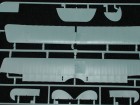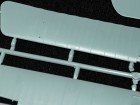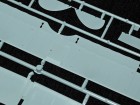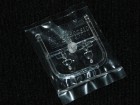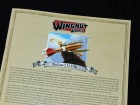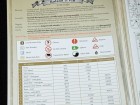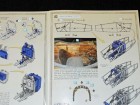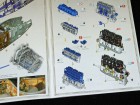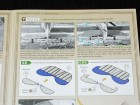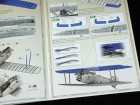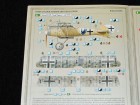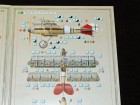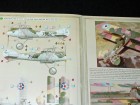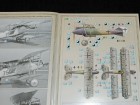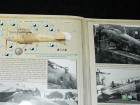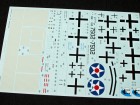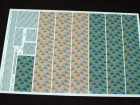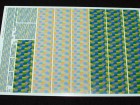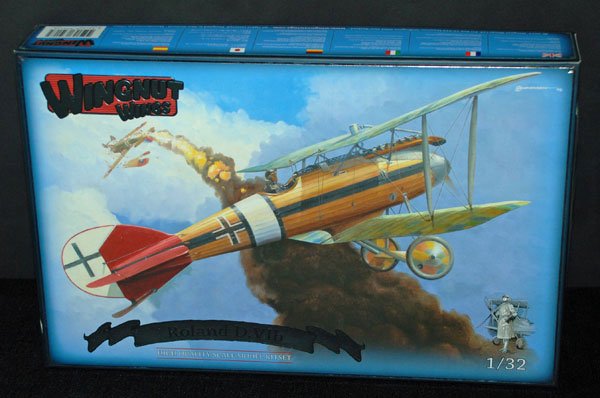
Kit Ref: 32017
Price around USD $69.00
Review by Geoff Coughlin (May 2014)
Our thanks to Wingnut Wings for supplying our review sample. Get this kit and all the other superb kits in the WW range here now at: www.wingnutwings.com
We have multiple builds of Wingnut Wings kits… just check out your Finished Now area in SMN and click Wingnut Wings under Aircraft.
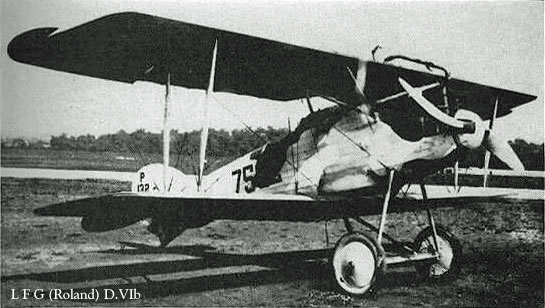
Reference…
I highly recommend a visit to Wingnut Wings own website as it contains a wealth of information about the type as well as hints and tips for building their kits – their website is nearly as impressive as their kits!
A little bit of background
The Roland D.VI was a German fighter aircraft built at the end of World War I. It lost a fly-off to the Fokker D.VII, but production went ahead anyway as insurance against problems with the Fokker.
The Roland D.VI was designed by the Luft-Fahrzeug-Gesellschaft (L.F.G.), (whose aircraft were made under the trade name “Roland” after 1914 to avoid confusion with the Luftverkehrsgesellschaft M.B.H (L.V.G.)) late in 1917, with the prototype being the 1000th aircraft to be built by L.F.G., first flying in November 1917. The D.VI was a single bay biplane which discarded the L.F.G.-Roland patented Wickelrumpf (literally “wrapped body”), or semi-monocoque fuselage, constructed with two layers of thin plywood strips, diagonally wrapped around a male form to create a “half-shell”, that used in previous L.F.G aircraft such as the Roland C.II, D.I and D.II in favour of the equally unusual (for aircraft use) Klinkerrumpf (or clinker-built) construction where the fuselage was built of overlapping thin strips of spruce over a light wooden framework. Visibility for the pilot was good, while the aircraft had above average manoeuvrability
The Wingnut Wings kit
We will certainly be building this model for SMN (Aaron Scott now has it) and so keep a close eye on What’s New and Build Now for that!
Everything about this package oozes quality: the ultra clear instructions with helpful colour paint options table through to the period images of the type that give so much away in terms of weathering options and finishing ideas.
It is worth taking a good look at the other Here Now reviews we have completed for the Wingnut Wings range of kits – you will learn a lot about the approach that this company takes to their product releases and just how modeller-friendly the majority of them are.
Here are some observations about the plastic offered in the box:
- Surface detail – this is excellent, finely raised and engraved detail across the board; a good example is the internal textured surface detail
- Parts breakdown – very logical and armed with their very clear instruction book, even those of you new to WWI and biplane modelling should be able to make a good job of this kit
- Detail – the machine guns are a great example of this, really very finely moulded and when painted and weathered will look impressive. Further examples are the engine cylinders and other small details – check out the accompanying photos in the Gallery Grids and you’ll see what I mean
- Minimal flash – there is hardly any excess anywhere on this kit and that’s always great as it means you can quickly get on with your build rather than be forever cleaning up mould seam lines and removing excess plastic
- Locating slots in the wings – these make strut positioning much more straightforward that would otherwise be the case; pre-drilled holes are always offered in WW kits, alignment can often prove difficult but generally I (and the team) have found that all seems to go together well making for accurate alignment. We did have some problems with this manufacturer’s Fokker D.VII in that respect but maybe it was just that kit, being an early release in the range
- Clear parts – very clear and blemish-free – fit is usually excellent in my experience.
Photo etch
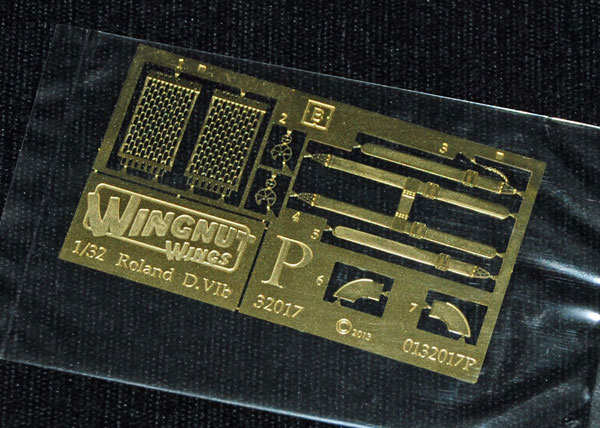
There is a nice small fret of photo-etch to use for the seta harness, gun sight, perforated MG jacket and other small parts.
Decals and Instructions
The WW instruction books are simply the best on the market, bar none. High quality in every respect and for me the thing that truly sets WW apart is that if you follow the suggested build sequence and stages your model should build up exactly as intended and help you to paint parts at the most appropriate time, adding sub-assemblies and detail at a logical stage – all very impressive. All too often if you followed the manufacturer’s build sequence as suggested in their instructions you’ll have damaged parts and a model that’s so much harder to paint and finish – hopeless!
Decal quality is very high and previous experience has shown that these decals go down well when applied to the usual high-gloss surface. Colour, registration and choice are all superb with no less than 5 marking options being included for various Jasta machines and one for an aircraft seen at McCook Field, USA in 1920. This number of options seems pretty standard now with WW kits – how good is that?
SMN Quick summary Star rating out of 5
Geoff C.
